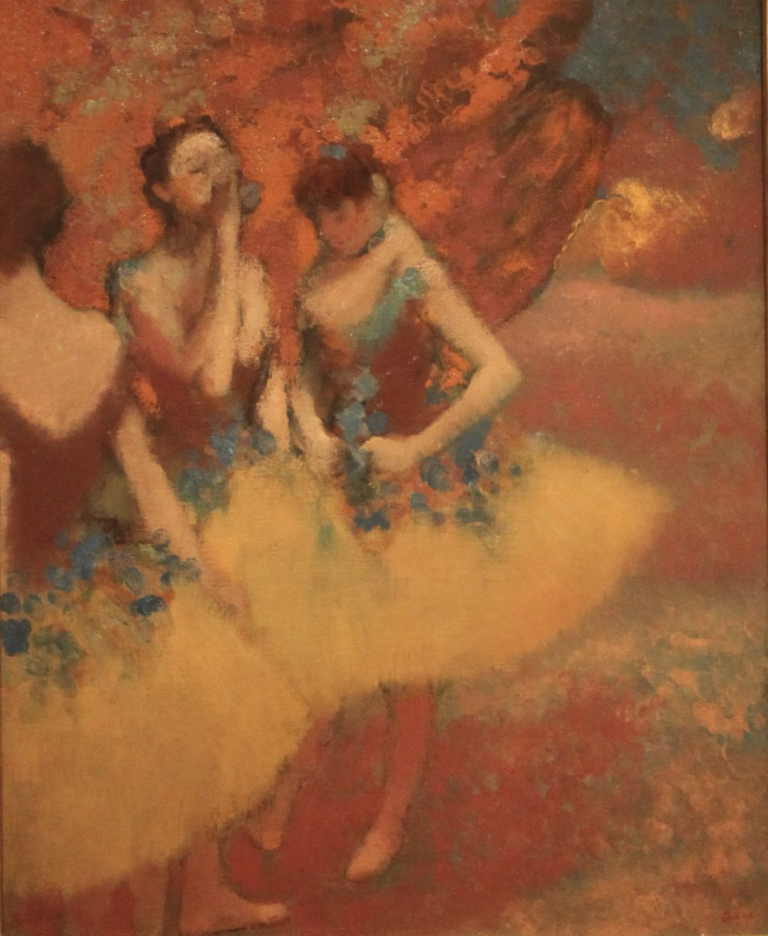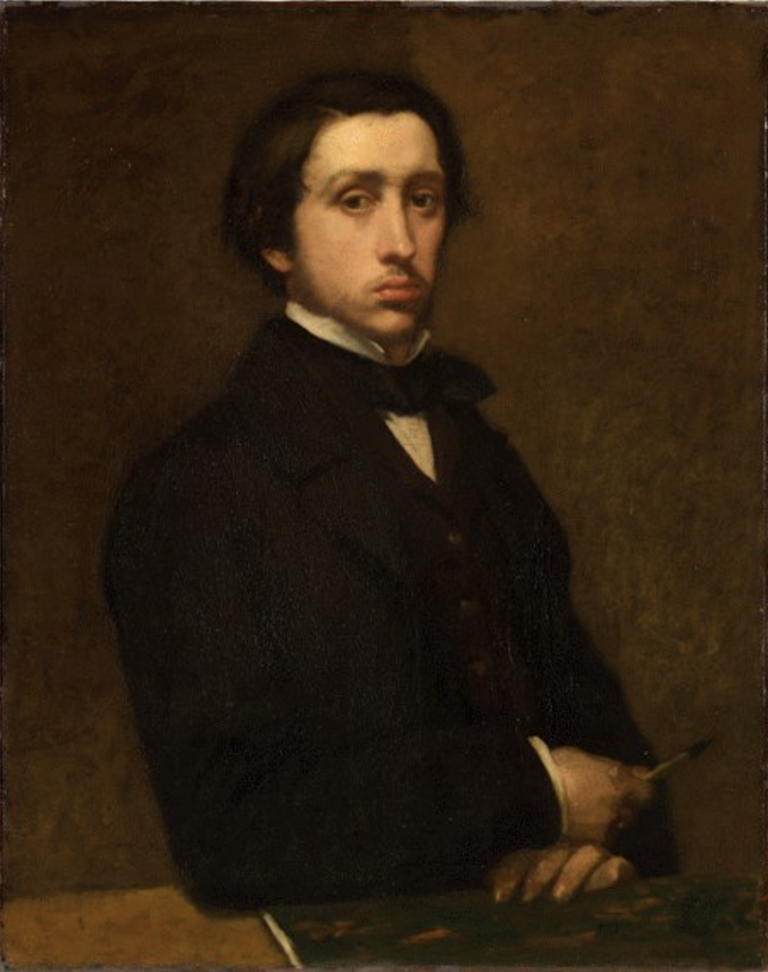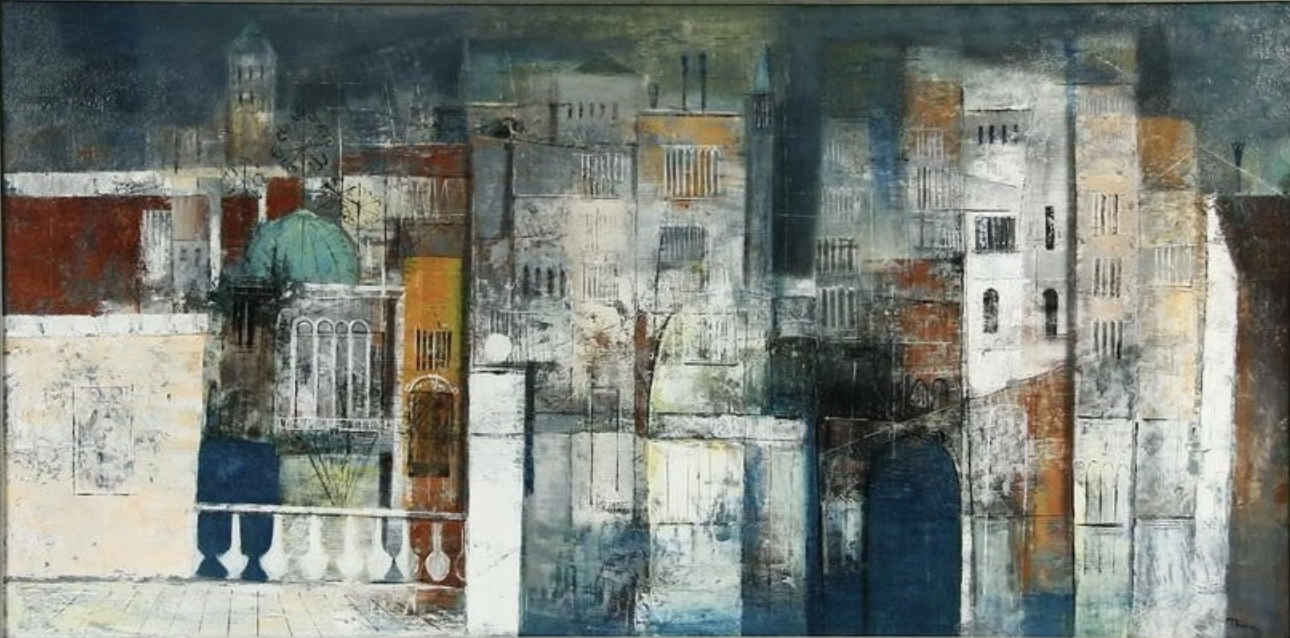











Edgar Degas
1834 - 1917
“The difficulty of seeing makes me feel numb. … I dream nevertheless of enterprises; I am hoping to do a suite of lithographs, a first series on nude women at their toilet and a second one on nude dancers. In this way one continues to the last day figuring things out.”
Edgar Degas in a letter dated December 6, 1891
Biography
A French Impressionist painter and sculptor, Edgar Degas’s work has shaped the history of art. Born Hilaire-Germaine-Edgar de Gas in Paris, his father was a banker and his mother, an American from New Orleans, was an amateur opera singer.
As a child, Degas drew and painted with great skill. After receiving a classical education at one of France’s most prestigious secondary schools, the Lycée Louis-le-Grand, he began making copies at the Louvre. He was admitted to the École des Beaux-Arts in 1855 but left the academy after a year to travel, paint, and study in Italy.
Upon returning to Paris in 1859, he began to build his career as an artist. Degas painted his early works, relatively traditional family portraits and grand historical scenes, for the Salon. By 1862, however, when he met Edouard Manet at the Louvre, Degas began to feel that artists needed to turn to more modern techniques and subject matter. Over the course of the next decade, as Degas found the subject matter for which he is now so well known (dancers, the opera, women bathers, cafe-goers), he aligned himself completely with the Impressionists.
Degas’s post-macular artwork
Most accounts of Degas’s life acknowledge that from his late thirties until his final years, he suffered from an increasingly severe deterioration of his vision. It is perhaps less well known that Degas is now thought to have developed early onset macular degeneration.
The ophthalmologist Michael Marmor, who has written a book on Degas’s vision, postulates that by the early 1880s, Degas’ visual acuity was in the range of 20/40 to 20/50—“poor enough to generate complaints from the observant artist, but not so poor as to grossly alter his art.” By 1883, a blind spot entered his central vision. By the end of the decade, Degas was struggling to decipher newspapers and letters from his friends. By 1891, he could no longer see well enough to read.
In the mid-1880s, Degas’s artwork underwent a profound shift. The faces and features of Degas’s subjects became obscured. Broad shapes and juxtapositions of color that prefigured abstraction supplanted the more delicate nuances of his earlier work. The variety of these works reveal the extraordinary resilience and resources this artist called upon in order to remain creative as his vision declined. He experimented with materials and methods, created multiple iterations of transferred drawings, and surrendered to a new way of seeing that has informed generations of artists since.
V&AP Resources Related to This Artist

Feature Article
Monotypes by Degas: A Strange New Beauty
Edgar Degas's monotypes tell us about the artist's restless creativity. They also tell us about how he adapted to vision loss.
Read More
News Forum












